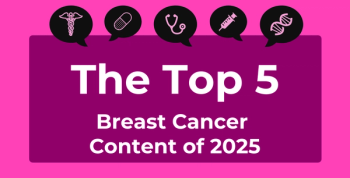Budget Focuses on Pandemic Preparedness for HHS
In President Biden’s budget for fiscal year 2023, the administration called for more funding directed at pandemic preparedness, with an overall increase of nearly 27% in HHS discretionary funding compared with 2021, The New York Times reports. Large portions of the budget will build on funding passed by Congress earlier this month, while nearly $82 billion is proposed for HHS over 5 years and is specifically earmarked for emerging biological catastrophes. The money would also be used to expand clinical trial infrastructure and manufacturing capacity. Additional funding will be directed at reducing racial disparities in the country’s maternal mortality rates, bolstering Indian Health Service funding, and strengthening behavioral health care.
Health Care Spending to Increase in Next Decade
New national health expenditure projections published in Health Affairs estimate the nation will spend $6.8 trillion on health care by 2030. Spending growth for 2021 was projected at 4.2% compared with the 9.7% growth seen in 2020, which was driven by inflows from the federal government to mitigate the impacts of COVID-19. For 2022 to 2024, average rates of health spending growth at 4.9% are expected, in addition to 5.3% expected for 2025 through 2030. If current trends continue, spending will likely grow at about the rate of inflation over the next decade, Axios reports. Over the same period, gross domestic product growth is projected to reach 5.1% annually, keeping the health share of the economy just under 20%.
Prediabetes Rates Nearly Double in Children
New data show rates of prediabetes in American children have more than doubled in about 20 years, CNN reports, with increases seen regardless of income, ethnicity, and education. The JAMA Pediatrics study found that between 1999 and 2018, rates of prediabetes in adolescents rose from 11.6% to 28.2%. The condition is a risk factor for several chronic diseases, including type 2 diabetes and heart disease, while around 80% of adults with the condition are unaware they have it. The study did not explore causes behind the trend, but experts noted introducing a healthy lifestyle—complete with physical activity, spending time outside, and getting enough sleep—at a young age can help reduce the risk in children.










































